Breathless (Jean-Luc Godard, 1960)



Hiroshima, Mon Amour (Alan Resnais, 1959)

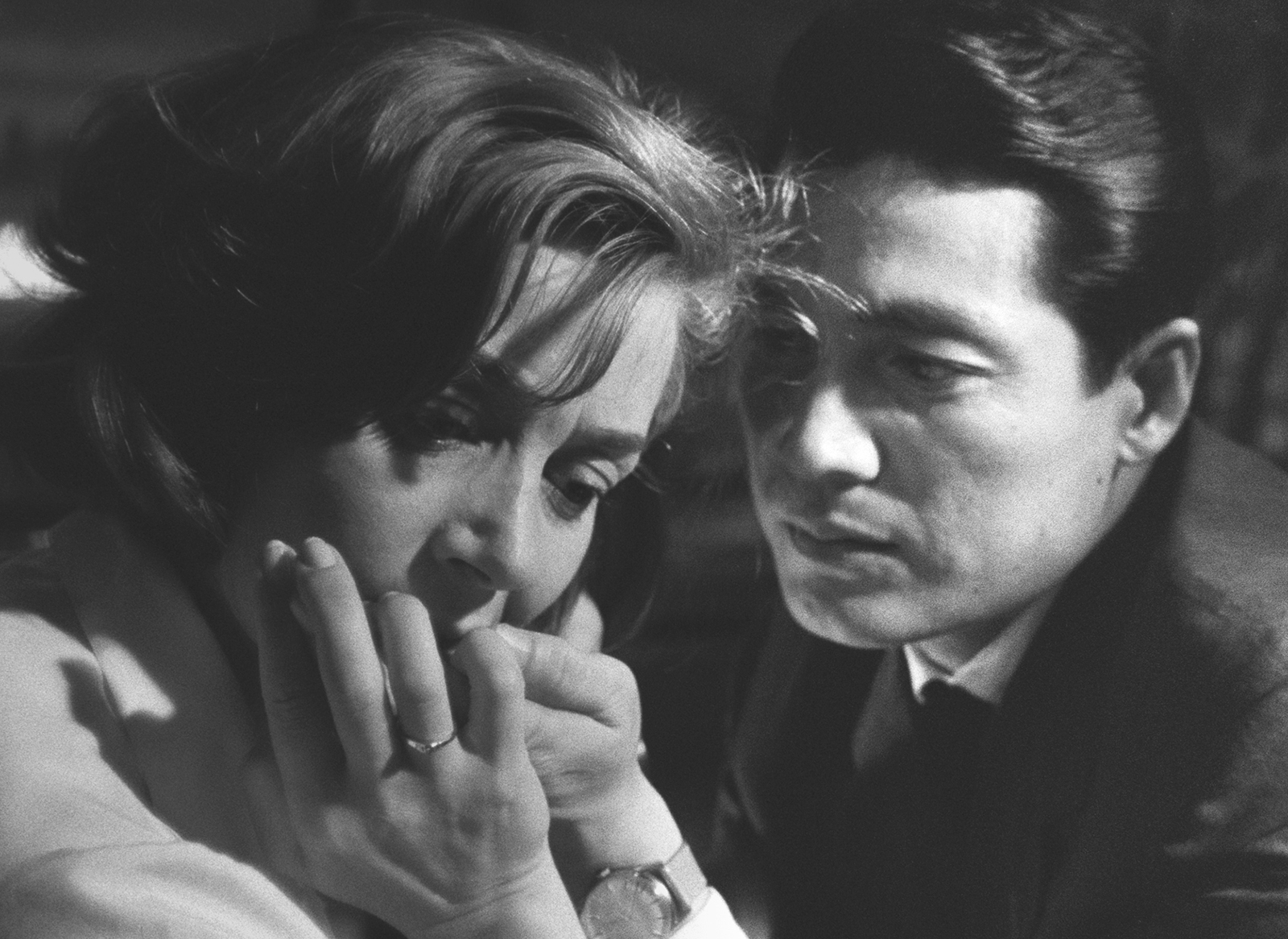
Paris Belongs to Us (Jacques Rivette, 1961)



Breathless (Jean-Luc Godard, 1960)



Hiroshima, Mon Amour (Alan Resnais, 1959)


Paris Belongs to Us (Jacques Rivette, 1961)



-Auteur theory was a continuation of André Bazin and Alexandre Astruc cinematic theories by American film critic, Andrew Sarris
-Auteur theory was largely based off of Astruc’s concept of ‘caméra-stylo’ or camera-pen which described how the director who oversaw all of the audio and visuals of the film should be considered the ‘authour’
-Supporters of the auteur theory thought that successful films would have the unique mark of the director
Auteurs cited by Cahiers du cinéma:
Jean Renoir
![Grand Illusion | film by Renoir [1937] | Britannica](https://cdn.britannica.com/06/90606-050-8CA337AE/Erich-von-Stroheim-Pierre-Fresnay-La-Grande.jpg)
Roberto Rossellini

Alfred Hitchcock
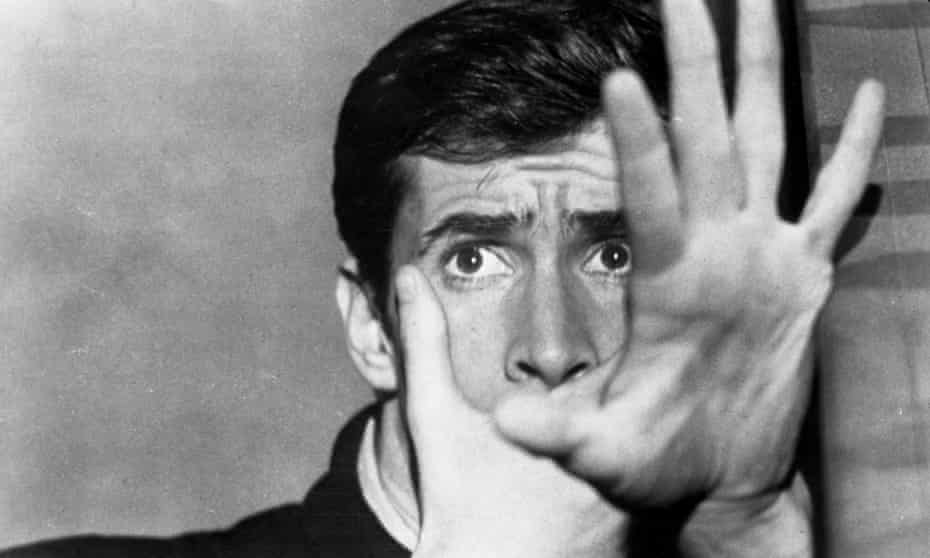
The Gerasimov Institute of cinematography [aka VGIK] is a film school in Moscow that was founded in 1919 and is currently the oldest film school in the world. During the period of the Soviet Union, it was required to attend VGIK in order to direct films.


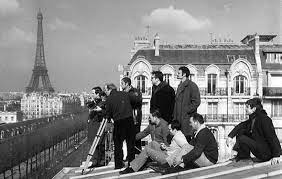

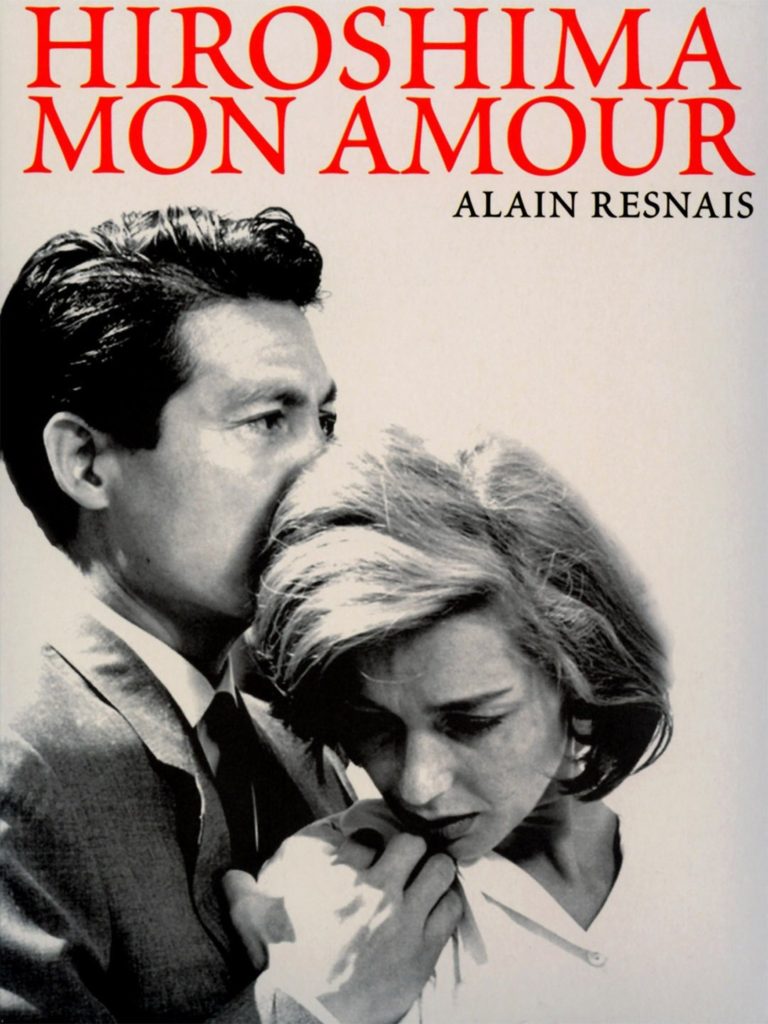

Summarise what Astruc meant by the term “Auteur” and give some examples of the films cited by the movement as being created by Auteur directors.
Alexandre Astruc was a French film scholar, who played a major role in the French New Wave movement. With the notable addition of André Bazin, whose work in the Cahiers du cinéma (1951) influenced a generation of film makers, directors, critics, and scholars. Astruc recognised film as a form of “audio visual” language (caméra-stylo), a direct conversation with the Auteur and the audience.
Try to find examples from film from at least 3 of the Methods of Montage
Rhythmic montage – The Breakfast club, when they are all dancing in the library.

Tonal editing method – Whiplash, when Neiman is training. We see the pain he is going through by repetition of the image of his blisters and bleeding hands.

The intellectual method – Requiem for A Dream, The montage demonstrates drug taking’s disorientating effect.

Identify at least one another film which appear to have been influenced by the visual style of classic Soviet Constructivist Cinema. Identify at least one another film which appear to have been influenced by the visual style of classic Soviet Constructivist Cinema
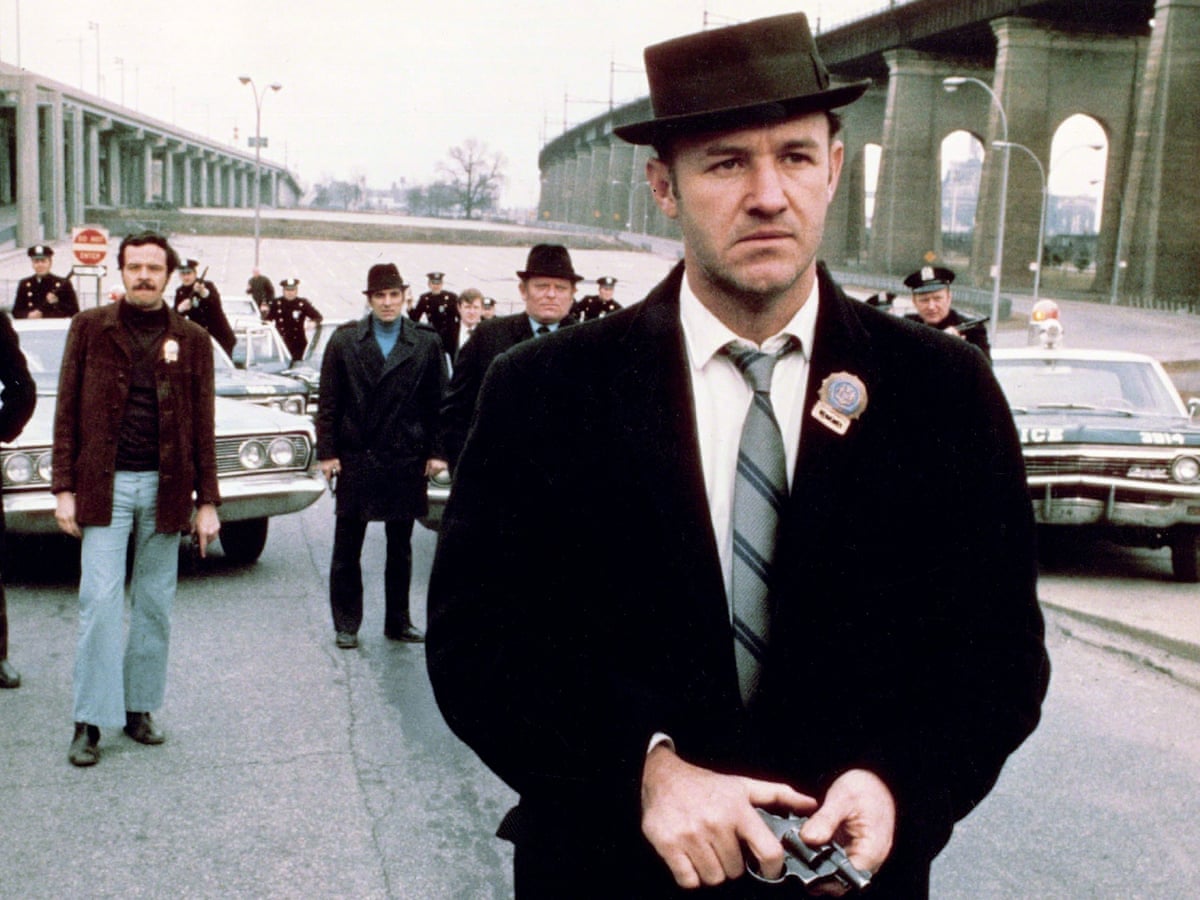
The use of metric montages used in the film was inspired from Russian constructivism.
| FRENCH NEW WAVE | CLASSIC HOLLYWOOD |
| Discontinuity editing | Continuity editing |
| Focus on emotion | Focus on plot |
| Absurd dialogue | Purposeful dialogue |
| No establishing shot | Establishing shot |
| No master shot | Master shot |
| ‘Crossing the line’ | ‘Shot/Reverse shot’ |
| Aesthetic close-ups | Purposeful close-ups |
| Outtakes used | Best takes used |
| Jump cuts | Insert shots |
| Handheld camera | Dollys/Tracks/Tripods |
| Real locations | Studio locations |
| Long Takes | Short shots |
| Black and white | Technicolour |
| Actors break the 4th wall | Actors never break the 4th wall |
The left bank groups approach to filmmaking shared progressive political learnings and documentarian pasts, they saw cinema like any other art such as literature and plastic arts. Left bank directors include, Varda, Resnais, Marker, Colpi and Demy.
The right bank group was the more popular and financially successful group of directors. This bank is in favour of experimentation and realism. Some directors include Godard, Truffaut, Rohmer, Chabrol and Rivette.